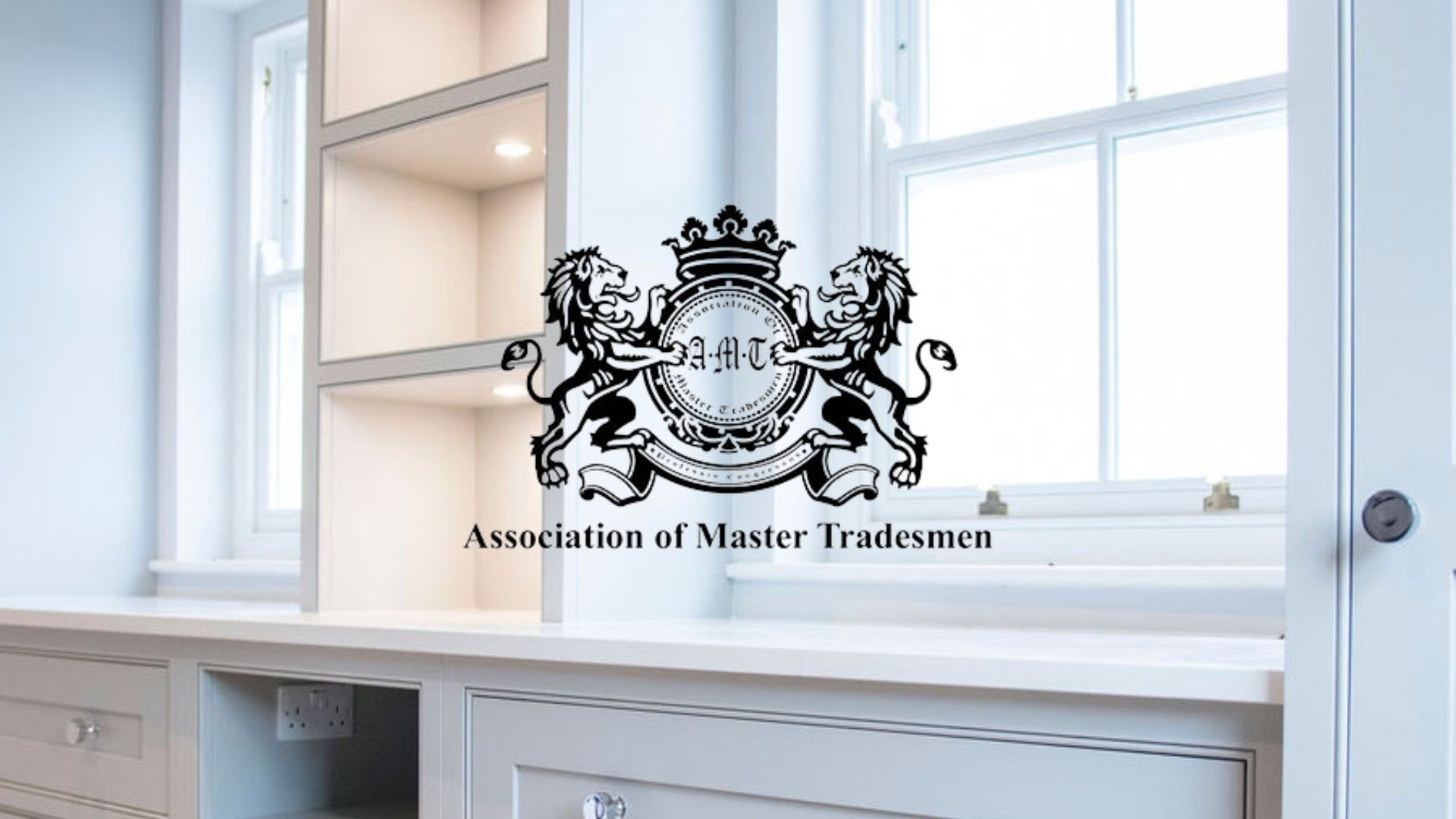Planned Preventative Maintenance within Academic Institutions
In the bustling world of education, where the pursuit of knowledge never ceases, the smooth operation of facilities is paramount. Planned Preventative Maintenance (PPM) is a strategic approach to facility management that ensures the seamless functioning of Mechanical, Electrical, and HVAC assets within educational institutions. Let's delve into this essential practice and its significance in maintaining optimal learning environments:
We recently were awarded the contract for Planned Preventive Maintenance at Addington Valley Academy.
1. Understanding Planned Preventative Maintenance (PPM)
PPM is a maintenance strategy that focuses on preventing equipment failure and extending the lifespan of assets. Unlike reactive maintenance, which only deals with issues as they arise, PPM is a proactive approach that involves scheduled inspections, maintenance tasks, and repairs to detect and address potential issues before they become serious problems. By establishing a well-structured PPM program, educational institutions can minimise downtime, reduce repair expenses, and maximise the reliability and efficiency of their facilities.
2. Importance of PPM in Education Establishments
Educational institutions are complex environments consisting of diverse facilities and systems. These facilities range from classrooms and laboratories to administrative offices and common areas. Various Mechanical, Electrical, and HVAC assets are used to ensure that these facilities function effectively. Implementing PPM to ensure that these assets are well-maintained and operating optimally is essential. This will provide students, staff, and visitors with safe, comfortable, and conducive learning environments.
3. Mechanical Asset Maintenance
Mechanical assets refer to various equipment and systems, such as HVAC systems, plumbing fixtures, elevators, and generators. Regular inspections, cleaning, lubrication, and calibration are required to ensure that these assets operate efficiently and consume less energy. To prevent breakdowns and extend the lifespan of mechanical systems, it is also important to replace filters, adjust belts, and lubricate bearings as a preventive measure.
4. Electrical Asset Maintenance
Electrical assets are crucial in powering educational facilities and supporting essential functions like lighting, communications, security, and IT infrastructure. To ensure the uninterrupted functioning of these assets, routine inspections, testing electrical components, and identifying potential hazards such as overloaded circuits or faulty wiring are essential. By addressing these issues promptly and proactively, educational institutions can minimize the risk of electrical failures, fire hazards, and disruptions to their daily operations.
5. HVAC Asset Maintenance
HVAC systems are crucial in maintaining good indoor air quality, controlling temperature, and ensuring occupant comfort in educational facilities. Proper PPM for HVAC assets involves regular filter replacements, coil cleanings, refrigerant recharges, and ductwork inspections to guarantee efficient and reliable operation. Regular maintenance helps to identify and address any issues, such as air leaks, compressor malfunctions, and thermostat failures, before they lead to costly repairs or system downtime.
6. Benefits of Comprehensive PPM
Implementing a comprehensive PPM program offers numerous benefits for educational establishments, including:
Cost Savings: By addressing maintenance issues proactively, educational institutions can minimise repair costs, extend the lifespan of assets, and avoid costly emergency repairs.
Improved Reliability: Regular maintenance helps identify and address potential issues before they escalate, reducing the risk of equipment failures and downtime.
Enhanced Safety: PPM ensures that Mechanical, Electrical, and HVAC systems operate safely and efficiently, minimising the risk of accidents, injuries, and property damage.
Optimised Energy Efficiency: Well-maintained assets consume less energy and operate more efficiently, resulting in lower utility bills and reduced environmental impact.
Preserved Asset Value: Regular maintenance preserves the value of assets and prevents premature equipment replacement, saving educational institutions time and money in the long run.
7. Implementing an Effective PPM Program
To implement an effective PPM program in education establishments, consider the following steps:
Asset Inventory: Compile a comprehensive inventory of Mechanical, Electrical, and HVAC assets, including equipment specifications, maintenance history, and criticality ratings.
Risk Assessment: Identify potential risks and hazards associated with each asset, prioritise maintenance tasks based on risk levels, and develop a schedule for inspections and maintenance activities.
Documentation: Maintain detailed records of PPM activities, including inspection reports, maintenance logs, and work orders, to track asset performance, compliance with regulations, and maintenance costs.
Training and Education: Provide training and resources to staff responsible for conducting PPM tasks, ensuring they have the knowledge, skills, and tools to perform maintenance activities safely and effectively.
Continuous Improvement: Regularly review and evaluate the effectiveness of the PPM program, solicit stakeholder feedback, and make adjustments to optimise asset performance and reliability.
In conclusion
Planned Preventative Maintenance (PPM) is a critical component of educational facility management. It ensures the smooth operation of Mechanical, Electrical, and HVAC assets. By implementing a comprehensive PPM program, academic institutions can minimise downtime, reduce repair costs, and create safe, comfortable, and efficient learning environments for students, staff, and visitors.




